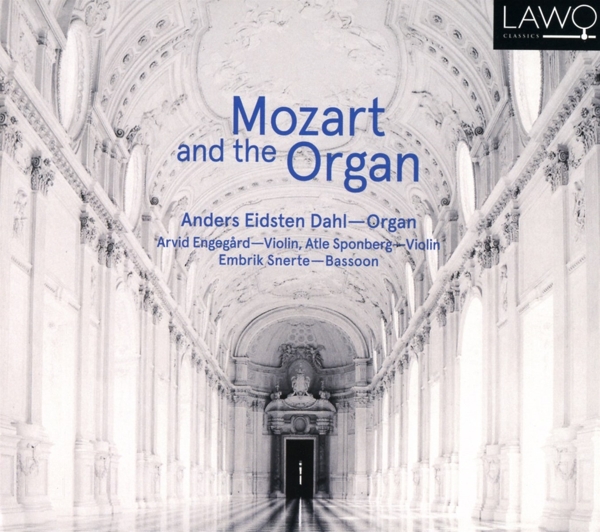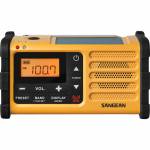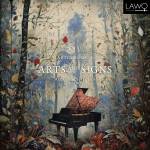Accessories |
My Account
|
Log In
|
English |
€ Euro |
Advanced Search
|
All Categories
BEST SELLER
500
NEW RELEASES
9.053
SPECIALS
232.305
Your search:
No selection
Filter results:
TECHNICS
269.394
GAMES/SOFTWARE
26.169
MUSIC
707.134
- Accordion
8
- Bassoon
19
- Brass
41
- Bugle
36
- Cello
266
- Clarinet
114
- Double Bass
15
- Early Instrum.
127
- Flute
204
- Guitar
95
- Harp
25
- Harpsichord
24
- Lute
17
- Mandolin
14
- Mixed Ensemble
70
- Oboe
55
- Organ
35
- Other
11.165
- Other Ensemble
194
- Percussion
10
- Piano
416
- Piano Quartet
23
- Piano Trio
141
- Recorder
53
- Saxophone
42
- String Ensemble
87
- String Quartet
392
- String Quintet
18
- String Trio
58
- Trombone
19
- Trumpet
46
- Tuba
3
- Viola
60
- Violin
507
- Wind Ensemble
46
- Woodwind
32
- octet
2
Other Classic
4.259
Symphonic Music
13.082
|
Music Movie Audiobooks Merchandise Children's |




















